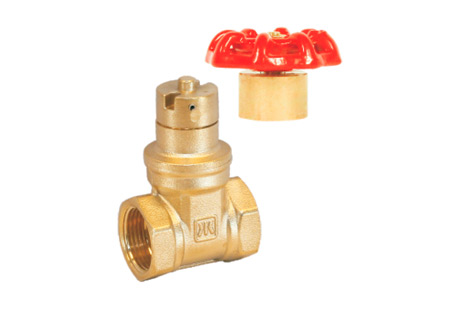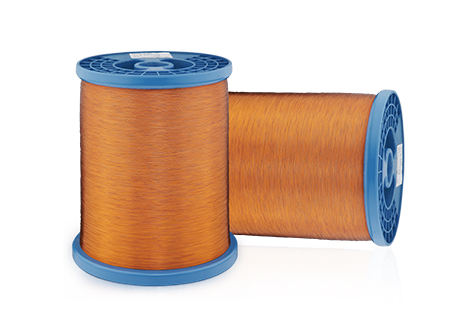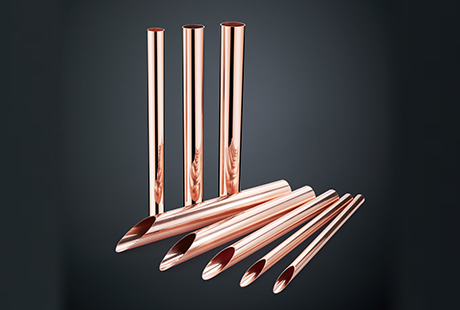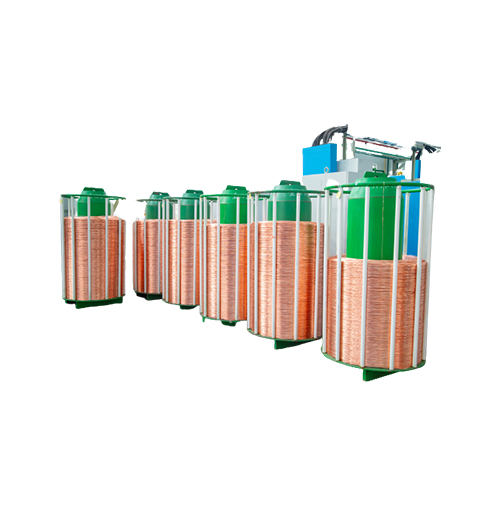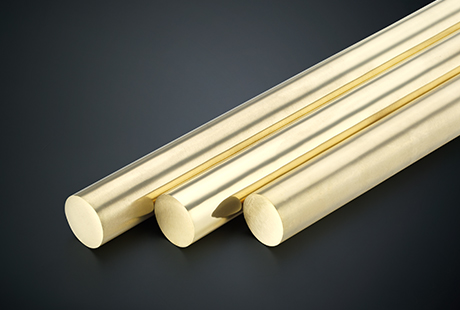Thin copper strips are widely used in various industries and applications due to their unique properties and versatility. But have you ever wondered how these thin copper strips are manufactured? In this blog post, we will take a closer look at the manufacturing process of thin copper strips, unveiling the secrets behind their production and the steps involved in turning copper into these versatile materials.
Copper Extraction and Refining
The manufacturing process of thin copper strips begins with the extraction of copper from the earth. Copper ore is mined and undergoes several refining processes to obtain pure copper. This includes crushing, grinding, and flotation, followed by smelting and electrolysis to achieve a high level of purity.
Copper Casting and Rolling
Once the pure copper is obtained, it is cast into large rectangular shapes called anodes. These anodesare then heated and rolled through a series of mills to gradually reduce their thickness and shape them into thin copper sheets. Rolling can be performed using hot or cold processes, depending on the desired properties of the final strips.
Annealing and Pickling
To enhance the mechanical properties and remove any impurities, the rolled copper sheets undergo annealing. Annealing involves heating the copper to a specific temperature and then slowly cooling it. This process helps improve the flexibility and ductility of the copper, making it easier to work with in subsequent manufacturing steps. After annealing,the copper strips are pickled to remove any oxide layers or surface impurities.
Cold Rolling and Slitting
The next step in the manufacturing process is cold rolling, where the annealed copper strips are passed through multiple sets of rollers to further reduce their thickness. This cold rolling process can achieve the desired thinness and uniformity of the copper strips. Once the desired thickness is reached, the strips are slit into narrower widths using precision slitting machines, yielding thin copper strip of specific dimensions.
Surface Treatment and Quality Control
After the slitting process, the thin copper strips may undergo surface treatments to enhance their performance or aesthetics. This can include processes such as electroplating, coating, or applying protective films. Additionally, quality control measures are implemented throughout the manufacturing process to ensure that the thin copper strips meet specific standards and requirements. Testing and inspection are conducted to verify the mechanical, electrical, and dimensional properties of the strips.
Manufacturing Process of JINTIAN
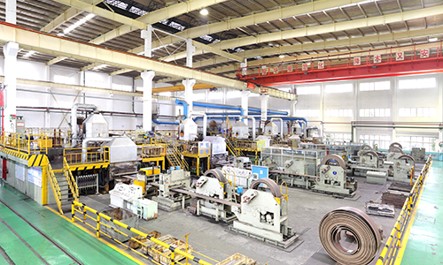
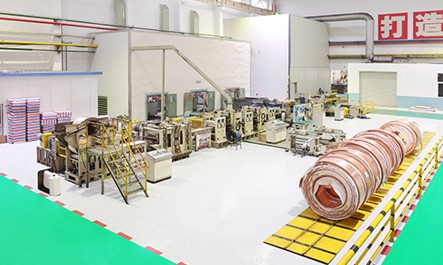
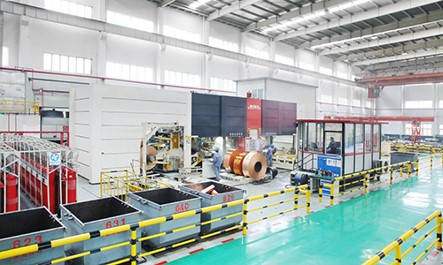
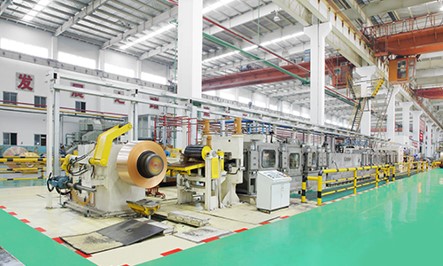



The manufacturing process of thin copper strips involves several steps, from copper extraction and refining to casting, rolling, slitting, and surface treatments. This process transforms copper into versatile materials that find applications in various industries. Understanding the secrets behind the manufacturing process sheds light on the complexity and precision required to produce high-quality thin copper strips. Next time you use or encounter thin copper strips, you'll have a deeper appreciation for the craftsmanship and expertise involved in their production.

 English
English 日本語
日本語 한국어
한국어 français
français Deutsch
Deutsch Español
Español italiano
italiano العربية
العربية tiếng việt
tiếng việt Türkçe
Türkçe ไทย
ไทย 中文
中文







